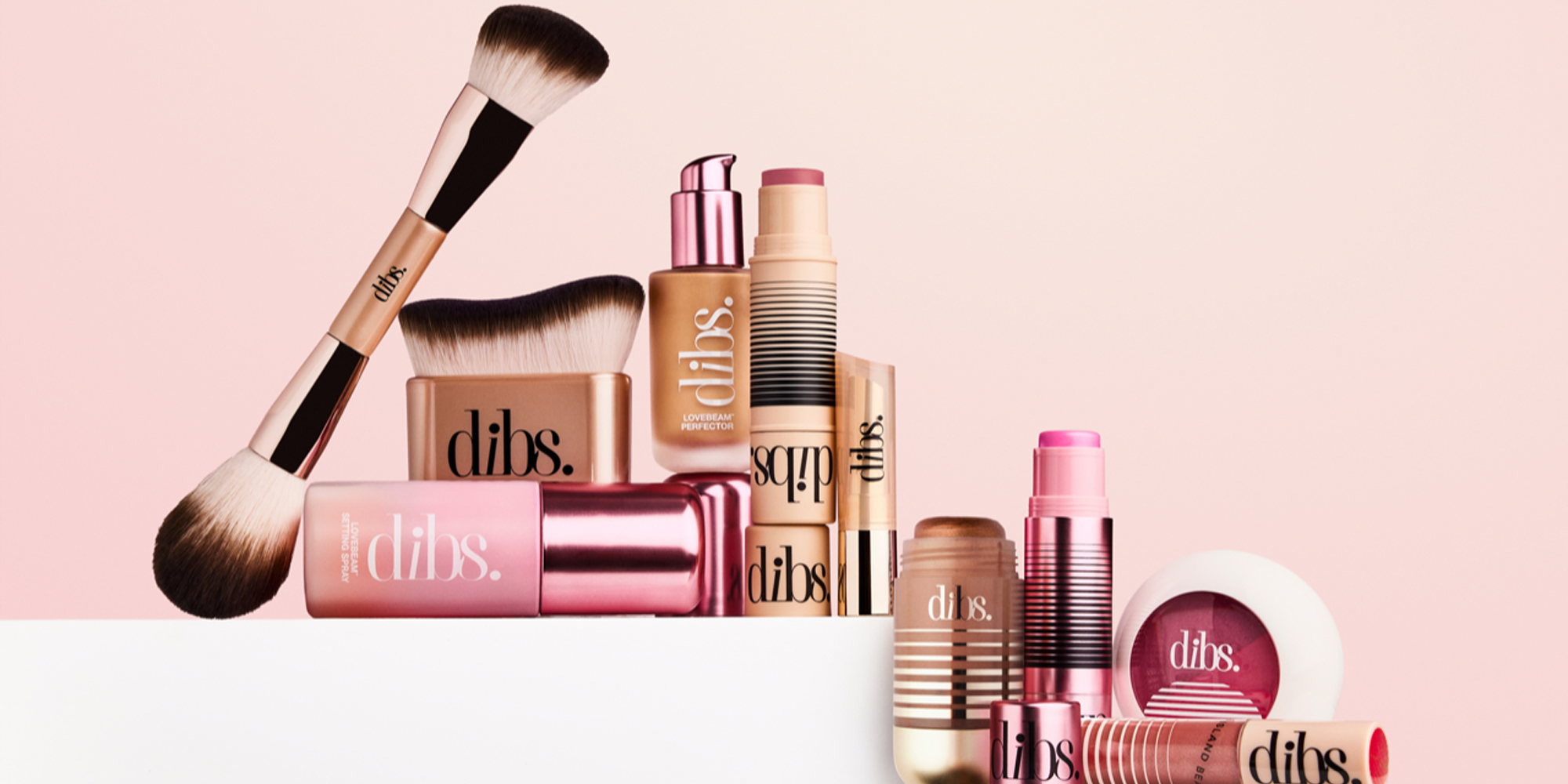
Why This Beauty CEO Is Visiting Stores In All 50 States
Over half of American millennials and gen Zers’ interactions are digital, and more than 40% of beauty sales are conducted online, according to the latest estimate from NIQ. While the world is turning to pixels, DIBS Beauty co-founders Jeff Lee and Courtney Shields are turning to people.
Lee estimates the makeup brand holds several hundred events every quarter, introducing itself to customers in cities and towns many brands ignore. Lee, the former president of ARod Productions who serves as DIBS’ CEO, says, “We do smaller events where you may touch a hundred customers in a day, but the conversion and the relationship formed is incredible.”
Lee has a personal goal of visiting Ulta Beauty stores in all 50 states, which he foresees reaching by the end of the year. He’s made it to around 200 stores in 44 states. “I don’t just go to a store to rearrange the merchandise, take the selfie and go. If I go to a store, I spend an hour minimum,” says Lee. “For an event, I’m there for the full 10 hours, selling, rearranging or cleaning the floor if I can’t sell alongside my team.”
After launching in direct-to-consumer distribution in 2021, DIBS entered Revolve in 2022 and Ulta in 2024, where Lee says sales were promptly 250% above projections. Today, the brand is represented chain-wide at the beauty specialty retailer with mini merchandise across 1,400-plus stores as well as in multi-brand displays at 600 stores and endcaps in 300 stores, a footprint that’s increasing in the fall. DIBS’ prices range from $14 to $38.
DIBS, which stands for “desert island beauty status,” has sold over 1 million Desert Island Duo Blush + Bronzer Stick units or approximately 735 per day since its launch. In April this year, DIBS occupied the No. 1 spot for blush at Ulta, according to the brand. And it’s not even its current bestseller. That claim to fame goes to Duet Baked Bronzer. Originally launched last year, the bronzer amassed a waitlist surpassing 11,000 before it came back on the market in May this year following a stockout.
Despite Circana estimating prestige makeup sales dipped 1% on a dollar basis in the first quarter, Lee discloses DIBS is 50% to its annual target for this year. The brand is striving for double- to triple-digit 2025 sales growth. DIBS’ business is about equally split between DTC and retail, although retail is poised to pull ahead this year. Lee says a significant majority of the brand’s DTC customers repurchase its products within 90 days.
Last year, industry sources told the publication Women’s Wear Daily that DIBS was on track to generate between $20 million and $30 million in 2024 sales. In 2023, it received a growth investment from L Catterton through the private equity firm’s Elevate Beauty platform dedicated to early-stage brands.
Beauty Independent chatted with Lee about blush as a loyalty driver, why M&A has been tough in the makeup category, artificial intelligence, putting together a productive field salesforce and his tips for traveling the country.
Value has been a hot topic of late as consumers are feeling strapped. Talk to us about the value proposition of DIBS.
An influencer named Mrs. Dow Jones who gives financial advice called us one of the most sensible buys in the pandemic. In store, people can look at this right away and say, OK, I’m getting two sides, maybe I don’t know about the other side, maybe I’m a bronzer woman, and I just dip my toes into blush or vice versa, but it gives me a chance to experiment.
It’s such an obvious sell and that’s combined with the fact that the formula is intended to be easy. It’s always been the core of the brand to be unintimidating, and you see the payoff right away. It’s cream, so it blends.
What’s the consumer’s perception of value in the makeup space?
The customer is so overwhelmed now in all aspects of beauty, and it doesn’t matter your level of beauty knowledge. When she’s walking into a retail space and my retail team is standing there, the easiest thing to explain is, “This is a stick that you would purchase for the same amount for literally a half of the fill if you went to another brand.”
And you’re getting the option of versatility. Customers find value in optionality, the chance to either explore or reduce what’s already in their bag. There’s value in saving space. This is not a stick that comes with extra packaging, but we are selling you the beauty of the design.
There’s functionality. The darker side of the gradient indicates the bronzer side, and the lighter side indicates the blush. There’s also a natural vanilla scent, which is a bit of joie de vivre. It’s not just a commodity two-sided stick that I could get off Amazon.
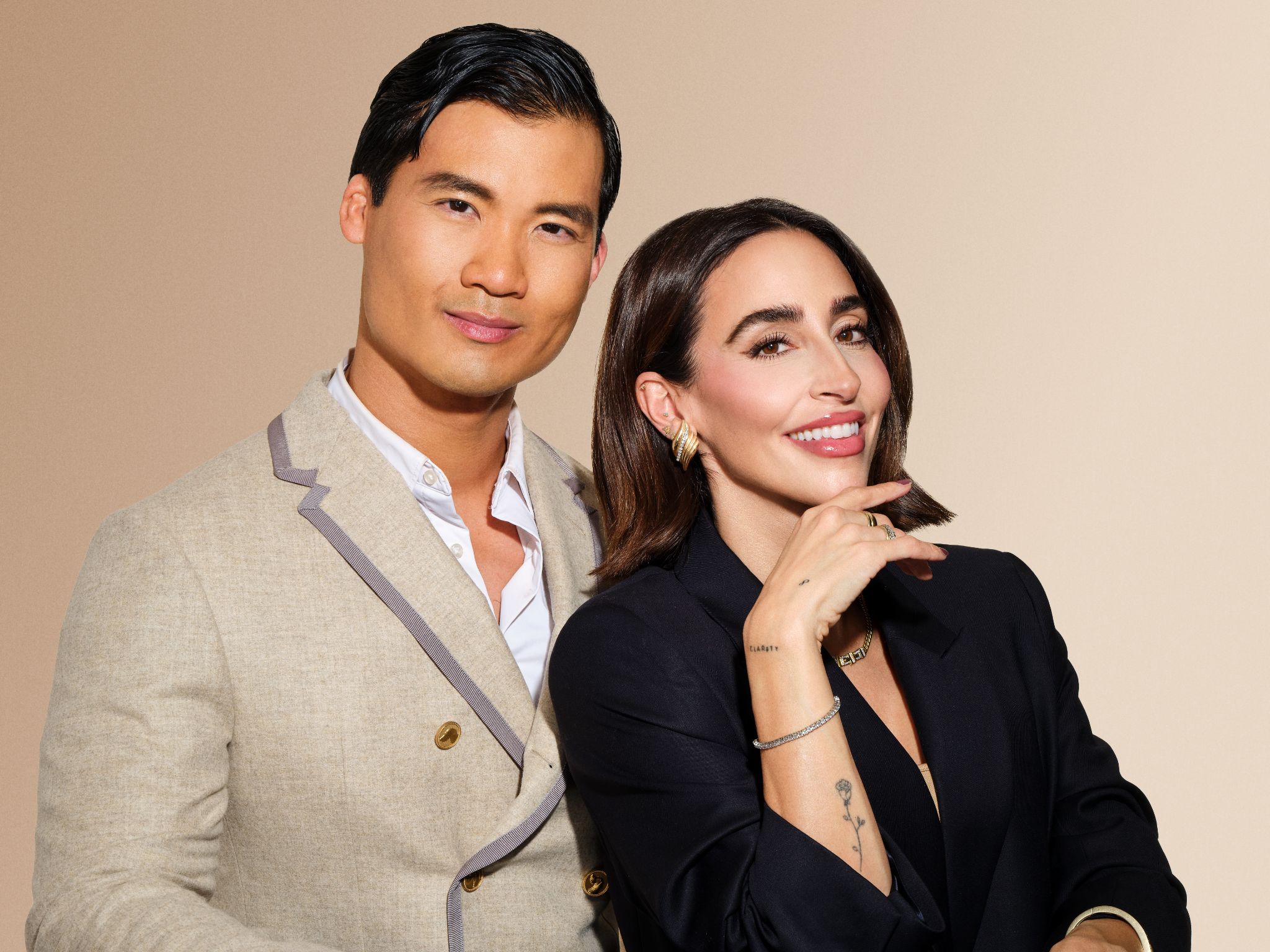
The market has been bombarded with blushes in different formats. What do you think is happening in the category?
People have been pronouncing the end of blush the same way they have been pronouncing the end of lips for quite some time. It is not going to go away. Our challenge is to make this an enduring product.
The conventional wisdom is that folks are more loyal to complexion. Once you find a foundation, you’re going to stick with it, and they might be more willing to try on other categories, including blush, and there is a new blush being launched every minute right now by every major brand.
I believe it’s driven by the M&A backlog that we had last year. You had a lot of color companies trying to sell, and they view blush as an easy category, so they’re pumping blush formats out there that frankly are not highly differentiated. The customer sees right through that.
The color story and range are key. We have colors people use and enjoy, and we thought a lot about seasonality, too. Our average customer’s skin tone will change over time. I believe 66% of our customers buy more than one shade, and they are trading between the shades over time, finding a solution for summer versus winter.
Why do you think many of the makeup brands on the market haven’t traded?
The strategics are being very careful. The current configuration of color brands already owned by these strategics might be blocking them from doing new deals. I also believe that there’s hesitancy because they’re looking at this as a more fickle customer.
Is this a customer that’s going to keep buying your hero year after year? Is the incredible growth that you got through the retailer alone going to sustain if the retailer onboards a competing brand? Loyalty even more than the growth matters because that hits your bottom line.
How do you make blush a loyalty driver?
By continually showing why this product can rejuvenate your routine in different ways. The great thing about this is that it’s a multiuse product. Everything is these days.
For example, our baked bronzer is having a gigantic moment right now and that does double duty as a setting powder and a highlighter. A lot of new customers have been coming in and buying it just for the bronzer, but existing customers are saying, “This pairs beautifully over my duo. I can eliminate a complexion routine, and I can go duo and set with the bronzer and use the brush.”
Obviously, bundling is huge for us, and we build the routine with the idea that the duo should always be improved and expanded upon by the newness that comes in.
Is complexion up soon for you?
We want to ace what we can do well, and I believe that there is loyalty to be challenged, but you have to communicate with a customer who has been underserved by all the other brands. This is where the retail presence is so important, and why we chose Ulta. Ulta has the widest geographic range. You drive 30 miles to your local Ulta, and if a brand founder or brand representative is there educating you, that experience sticks with you.
We hope that these folks will be as loyal to us for the coming years as they are to Estée Lauder Double Wear or to Armani Luminous Silk or whatever their go-to foundation has been. A lot of brands do a great job of speaking to Los Angeles and New York, but I just got back from Louisville. After that, we went to Nashville, which is one of our major markets. I took a sample of 10 customers I met in Tennessee, and I just went into our dot-com. They’ve been purchasing from us for the last three years.
How much gratis do you bring to an event?
We are not Santa Claus here. We are not a bank. Gratis is expensive, and costs are going up in this age of tariffs and supply chain shock. You get a base amount if you impress us and more if you do even better. We want to bring the store in because the store is going to be there when we aren’t.
During an event in Franklin, Tenn., we saw the cashiers just going for it. They were asking customers, have you tried DIBS? All of those women got a huge bag from me. I was like, “You’re going to get my personal stash of stuff.”
We had a guy walk in who you would never think is a DIBS customer. He’s six foot six with a giant beard and goes, “I need Dermablend.” I said to our freelancers, $100 from my own pocket to whoever can sell him DIBS. She sold him the brush and the Lovebeam Perfector and was like, “Your wife is going to be so happy with this.” I don’t even know if he walked out with Dermablend.
Do you use an agency for your field salesforce?
We manage them in-house. We have seven full-time retail team members, and they hire our freelancers across the country. We will full-time you if you are a superstar and perform for us. The freelancers have now seen two of their ranks get promoted to full-time account coordinators. There’s a high likelihood that the CEO himself is going to be there at some point and you might not know that he’s in the store, but he’s going to be asking everyone about you.
Where we found a lot of our great freelancers is either myself or our full-time team have gone to the stores and have asked, what do you think? Can you recommend this person? People can interview well, but you have to see how they represent your brand. I’m very proud of the fact that our sales team represents the DIBS woman. They are so diverse, and three of our full-time employees are single moms.
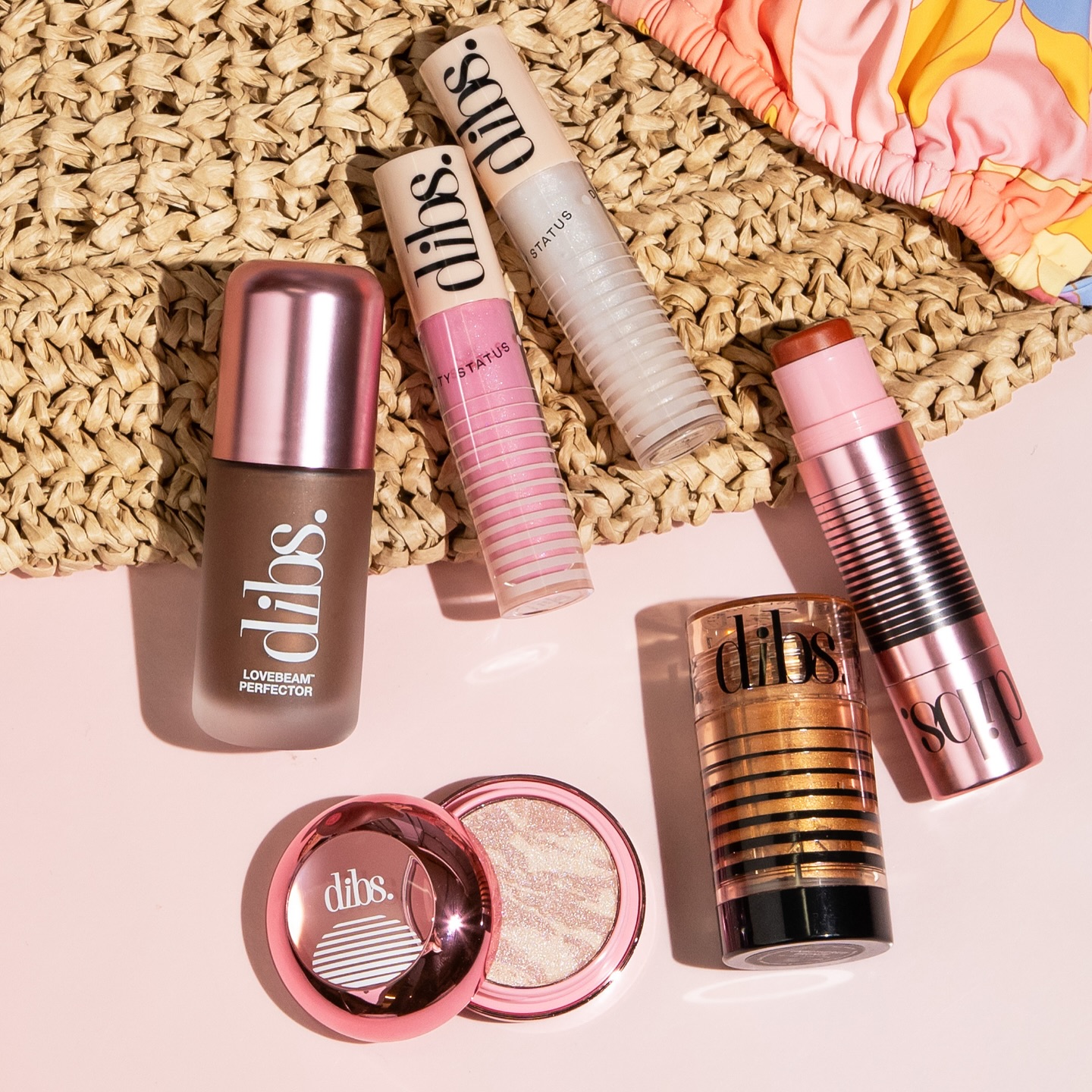
Prestige makeup sales have been soft overall. What do you sense is happening with consumer behavior?
They’re right sizing. You have an overwhelmed customer. If you’re a younger consumer, you don’t have your own disposable income. You’re being asked to ration more. That beauty as Toys”R”Us phase is diminishing, and that’s hitting the category. We had a rush of tweens entering the category, buying everything in sight and that helped pump the growth of the category. That was an artificial explosion.
There’s a lot of debate we’re having about, is the lipstick index for real this time? What matters more than just what customers say they perceive the economy to be is their actual behavior. They’re not willing to experiment with every new texture, but we don’t see a hit on the baseline interest in something that they know will work.
Our brushes have continued to show great velocity. That’s a staple type product, but it’s one with such clear value that we haven’t seen weakness in. Also, we have not yet seen the customer trading down out of prestige to mass, but we are always conscious of it. You cannot skate by on pricing something in prestige unless there’s a very clear value.
What’s been the impact of the investment from L Catterton?
Retail is highly capital intensive, and we really piled in inventory. One of my core strategic priorities that I presented to my board in fall of last year was to mitigate tariffs. The second the election happened, I knew tariffs would be an issue. It’s not the sexiest thing that brands are doing, but we are glad that we have the gunpowder to be able to bring that inventory in because the worst possible thing is if you’re in massive expansion mode and you can’t meet those demands.
They have a very great sense of where the overall consumer is going and can help us avoid getting caught in the weeds. They can say, this is not a you issue necessarily, it’s a macro problem. And how do we think about that? They are starting to help think through things like AI, for example.
How are you integrating AI?
We are more and more leveraging it for our daily operations, whether that’s creative or business modeling. We are able to do scenario planning in a way that we couldn’t just do with Excel. It has helped with a lot of the daily tasks. It’s not going to replace our creative operations—we’re proud of our full-time creative team—but it is going to certainly help with ideation.
Now, where we’re moving towards is a whole universe where people no longer go to the Google search engine to find products. So, you’re constantly thinking right now about how to make sure that something like DIBS comes to you through the new universe of search and discovery.
You are traveling constantly. What are your travel tips?
Never check anything. Everything is literally in my Away bag. I keep a suitcase in my hallway that’s always fully packed, ready for me to go. Planes are terrible, and I fly economy. You’ve got to be really smart about understanding things. If a flight is delayed at midnight, don’t sit around, assume it’s going to be canceled. If you see any weather, run and get yourself on another flight.

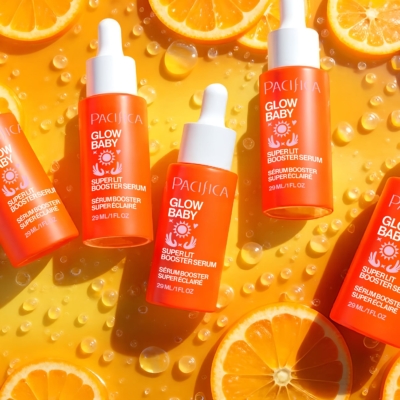
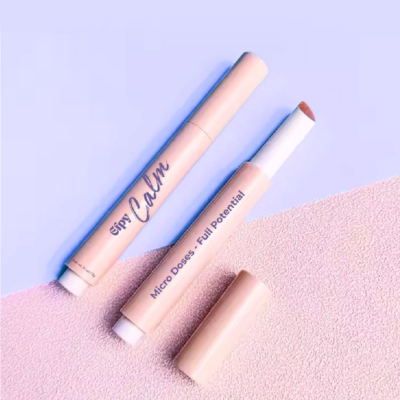
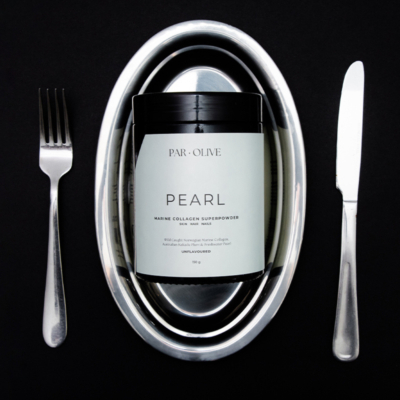
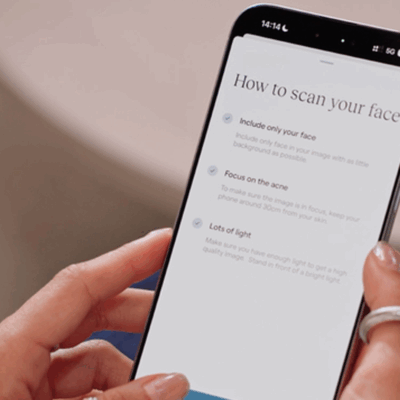
Leave a Reply
You must be logged in to post a comment.